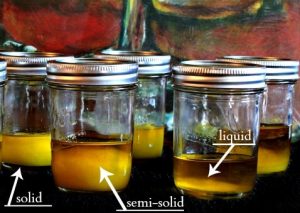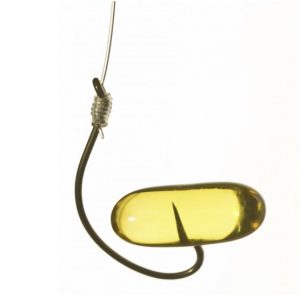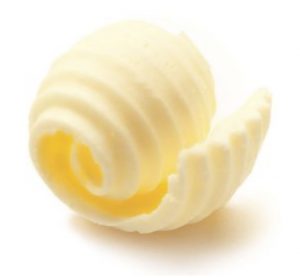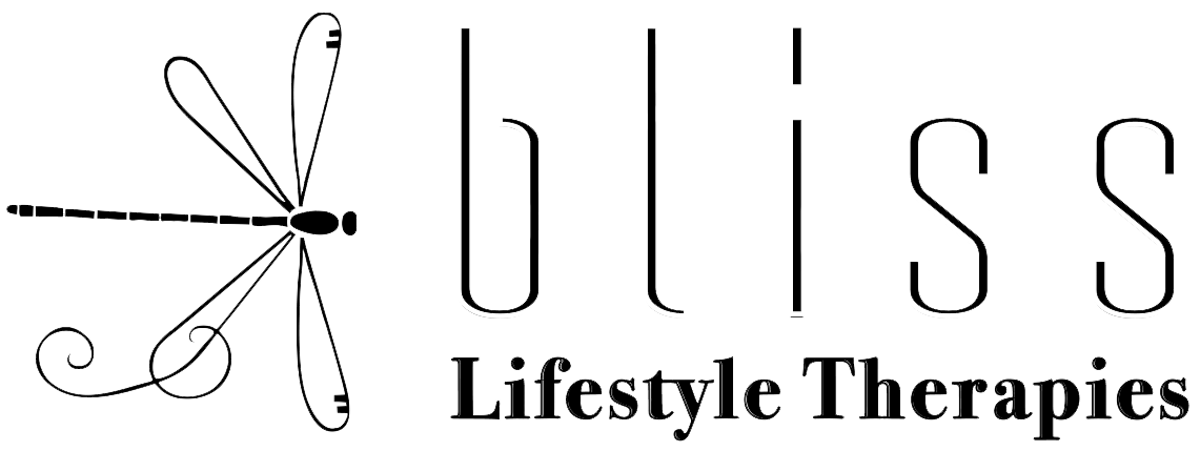Types of Fat
Part ⅔: Types of fat…
In Healthy Fats Part ⅓ the importance of fats was discussed. There are different types of good fats, and some that are bad.
For example, omega-3 and omega-6 are essential fatty acids that must get from our diet because our bodys cannot make them. According to “The Queen of Fats” by Susan Alport, the healthiest, balanced ratio of omega-3 to omega-6 fatty acids is 1:2.6. Olive oil, for example, has a ratio of 1:10 omega-3 to 6.
You may have heard of omega-9 fatty acid, and think, what about that one? Omega-9 has many health benefits, but the body is amazing and can make omega-9 from a combo of monounsaturated and saturated fats, if we eat enough healthy omega-3 and 6.
Part of the problem with fats is that we never used to be able to collect enough to have huge vats of it. Now we easily have more than enough oils to submerge an entire human being in fat. Historically, we would get what we needed from what was naturally in healthy animal proteins, fruits, vegetables, and nuts and seeds.
Now we simply get too much fat by deep frying foods and adding it to nearly everything we eat for flavor.
Healthy fats are very important. Even saturated fats are used in small amounts for various tasks in the body, including as a part of the immune system. While experts vary in opinion on the exact amount of saturated fats that is best, the range is fairly tight; only between 6% and 9% of your daily calories should be coming from saturated fats. So, while that isn’t a ton of saturated fat, it isn’t by any means zero.
Since fats are almost 10 calories per gram, that makes for easy math. If you are a small person and burn about 1,400 calories per day that would be 84 to 126 calories per day from saturated fat aka 8 to 12 grams of saturated fats. Be aware that most labels base information on a 2,000 calorie diet. Doing regular testing on people, most people whose basal metabolic rate (BMR) is 2,000 calories are six-foot tall or above.
That said, for a 2,000 calorie diet, you’d need about 12 to 18 grams of saturated fat daily. Note that your total fat intake would be higher, that’s just the amount of saturated fats.

An overly simplified way to tell the type of fat in a food is by observing whether or not a food is solid at room temperature. Things like cheese and butter, are solid at room temperature indicating they have a higher amount of saturated fat. Butter is softer, indicating it has less saturated fat than cheese. Flax oil, which is very high in omega-3 (an essential unsaturated fat), is always liquid even when refrigerated. Olive oil is a mix of fats that stays part liquid and part solid when refrigerated.
These ratios or balances of types of fats are really important because all fats compete for the same digestive enzymes and bile salts for breakdown and absorption. The largest percentage of fat type intake will win that competition.
So, while you might pat yourself on the back for taking a fish oil supplement for omega-3, if your diet has too much of other types of fats in it, you may be absorbing very little to none of that expensive omega-3 supplement.

To help put healthy ratios in perspective, the American diet has an omega-3 to 6 ratio of as much as 1:25 instead of the healthy 1:2.6 ratio. The good news is that an organic, grass-fed, butter for example, is actually a very healthy balance of fats for humans.

Besides simply having too much fat, the even bigger problem is the quality of fat we are eating. Bad fats are ones that do not belong in the human body. Any fat that is “hydrogenated”, synthetic, or has become rancid does not belong in the human body and will cause health problems. The next and final article about fats will discuss what these types of fats are and why they are “bad”, as well as provide a list of good and bad fats and where to find them.
